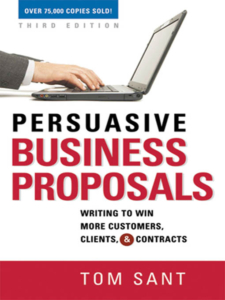Blogging to Help X Do Y
“Ultimately, your company profile matters. It can intrigue a new visitor to check out your products or services in more detail, and nudge potential customers into choosing your business over competitors,” Caroline Forsey writes. Forsey uses the Starbucks company profile as an example, incorporating the company’s mission, background story, products, and even folklore regarding its name.
All that material makes excellent fodder for website content, I thought. When it comes to blog marketing, however, I liked the very simple model for a business profile offered by Linked In sales enabler Missy Parrish: – “We help X to do Y”.
At Say It For You, we teach, blog content writers’ initial focus must be on the X. Even if your products and services are top-rate, that’s not enough to keep content fresh and make conversions happen. Your knowledge of the target audience has to influence every aspect of your blog. In fact, the very essence of content marketing is not “pitching” prospects and customers, but providing content that is truly relevant and useful to them
What about the Y? Most of the time, I explain to newbie blog content writers, at stage #1 of their search, online readers don’t know the name of the individual, the business, or the practice they want. What most consumers are likely to type into the search bar are words describing:
1. their need
2. their problem
3. their idea of the solution to their problem
4. a question
That means telling those visitors (the X) about the things you can help them learn and the things you can help them do (the Y) is what is most likely to lead to a next step. Always keep in in mind that, when you’re blogging, you’re talking to a friendly and interested audience about things that might help them (as opposed to forcing your message in front of people who are trying to avoid it).
What if you have more than one X and more than one Y? In fact, most business owners and professional practitioners tell me they have more than one target audience for their products and services. There may be one demographic that accounts for the majority of their customers, but they also have “outliers” who bring in just enough revenue to matter.
That is precisely the beauty of blog marketing. In fact, what you don’t want is an all-in-one marketing tool that forces a visitor to spend a long time just figuring out the 99 wonderful services your company or practice has to offer. Each blog post will offer just enough to convey to individual searchers they’ve come to the right place (which they will have, based on the search terms they used).
Your welcome to those very visitors is the message conveyed in that very blog post: You help X’s like them to do Y!






Follow us online!